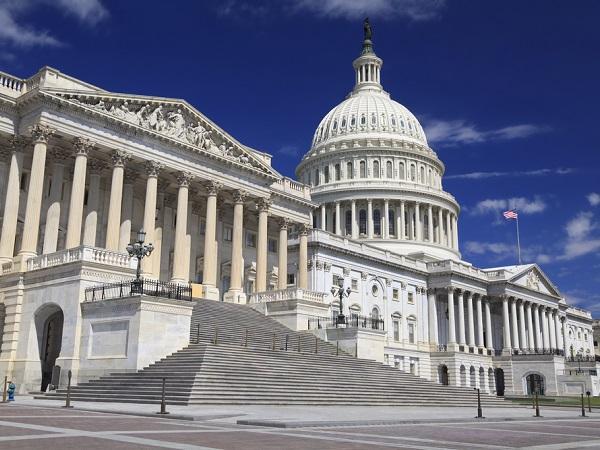
Date: 12 December 2017
The future of Energy Star continues to be in flux. Operated by the U.S. Environmental Protection Agency, the program started under President George H.W. Bush as a way to promote energy conservation through requirements for windows, doors, appliances, lighting and other equipment.
Manufacturers have traditionally supported the program because the Energy Star label brings brand recognition to their products — 90% of people recognize the label and 75% of people would recommend Energy Star products to a friend — and studies have shown consumers are willing to pay between $250 and $350 more upfront for products they perceive as saving them money into the future.
Energy Star says that certified windows save homeowners money, end cold drafts and overheated spaces, protect valuables, and add security. For typical homes, homeowners save between $101 and $583 a year when replacing single-pane windows and between $27 and $197 a year when replacing double-pane, clear glass windows.
Besides the decrease in funding next year, The House Energy and Commerce Subcommittee on Energy held a hearing in November on further changes to Energy Star.
Lawmakers are considering moving the program to the Department of Energy, creating liability requirements for manufacturers and other program participants, and allow manufacturers to self-certify their own products without requiring independent third-party certification. (Currently, products need to be tested in a lab recognized by the EPA before getting the Energy Star label.)
Some are advocating that some aspects of the fenestration program can be privatized, and say the window and door industry is a prime example of how that model works best. The industry already set the standards for compliance, and certifies the tests performed, but the tests are performed by a third-party operator.
In late November, the EPA said it is reexamining Energy Star’s guidelines and procedures for how it sets specifications. Ann Bailey, the EPA’s branch chief for Energy Star products, identified several potential improvements for 75 product categories, including windows and doors.
Her letter can be found here. Bailey said she invites feedback via email, EnergyStarProducts(at)energystar.gov. The deadline for feedback is Dec. 21.
 600450
600450

















Add new comment